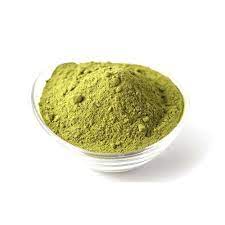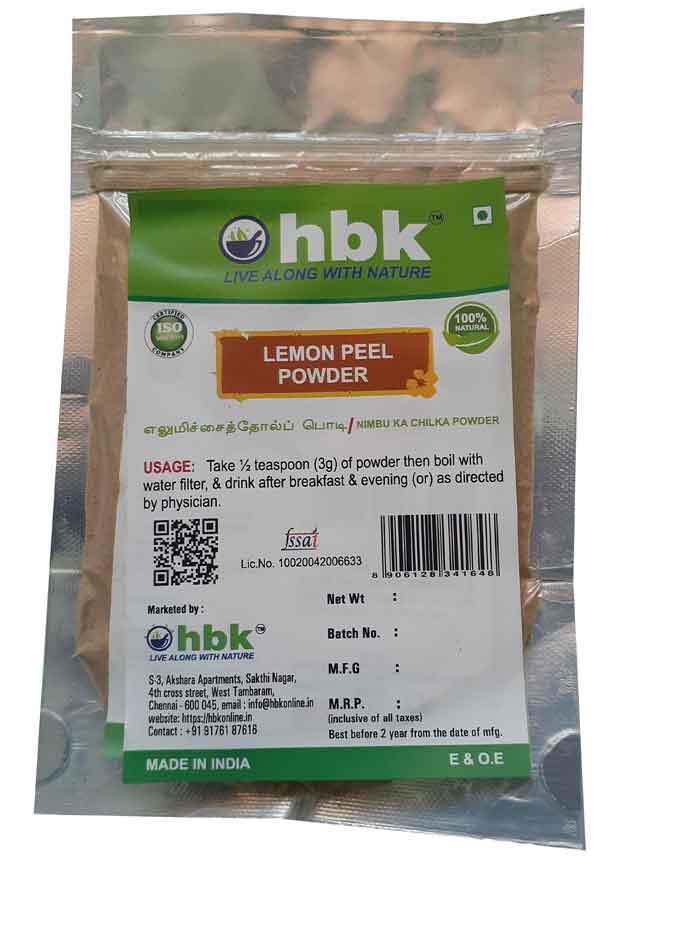What Makes Himalayan Salt Different from Regular Table Salt?

Himalayan salt has gained a lot of attention for its unique color, flavor, and supposed health benefits. But what exactly sets it apart from the regular table salt we use daily? Let’s dive into the key differences between Himalayan salt and regular table salt.
1. Source and Purity
Himalayan Salt:
Himalayan salt is mined from ancient salt deposits in the Khewra Salt Mine, located in the foothills of the Himalayas in Pakistan. These deposits are believed to be millions of years old, formed from the evaporation of ancient oceans. Himalayan salt is considered one of the purest salts available because it has remained protected from pollution and environmental contaminants.
Table Salt:
Regular table salt is typically sourced from salt mines or evaporated seawater. Before it hits your kitchen, it undergoes heavy processing to remove impurities, which often strips it of beneficial minerals. Additives such as anti-caking agents and iodine are also commonly included, making it a more refined product but with fewer natural properties.
2. Mineral Content
Himalayan Salt:
One of the most notable differences is the mineral content. Himalayan salt contains over 80 trace minerals, including potassium, calcium, magnesium, and iron, which give it its characteristic pink color. These minerals contribute not only to its unique flavor but also to its reputation as a healthier alternative to regular salt.
Table Salt:
Table salt, on the other hand, is almost purely sodium chloride (NaCl). While iodine is often added to prevent iodine deficiency, the refining process removes most other minerals. This results in a salt that lacks the natural balance of elements found in Himalayan salt.
3. Processing and Additives
Himalayan Salt:
Himalayan salt undergoes minimal processing. After being extracted from the mines, it is typically rinsed and ground into different textures, from coarse crystals to fine grains. No chemicals or additives are introduced during this process, preserving its natural mineral content and purity.
Table Salt:
Table salt is heavily processed to remove impurities, which also strips away many of its natural minerals. To ensure it flows freely and doesn’t clump, manufacturers often add anti-caking agents like calcium silicate. Additionally, iodine is added to prevent thyroid problems, as iodine deficiency is more common in regions where iodized salt is not used.
4. Taste and Texture
Himalayan Salt:
Many people describe Himalayan salt as having a more complex, nuanced flavor compared to the sharp, one-dimensional taste of table salt. The additional minerals lend a subtle richness to its taste. It’s also available in a range of textures, from large crystals to fine powder, making it versatile for cooking, seasoning, or even as a finishing salt.
Table Salt:
Regular table salt has a clean, sharp taste that is mainly due to its high sodium chloride content. The fine, uniform grains dissolve quickly, making it ideal for baking and general cooking. However, it lacks the complex flavor profile that mineral-rich salts like Himalayan salt offer.
5. Health Benefits
Himalayan Salt:
Advocates of Himalayan salt claim that it can offer several health benefits due to its rich mineral content, including:
- Balancing the body’s pH levels
- Promoting better hydration by providing essential electrolytes
- Supporting healthy digestion
- Detoxifying the body by balancing the levels of minerals and toxins
However, it’s important to note that while these benefits are widely discussed in holistic health circles, scientific research supporting some of these claims is still limited.
Table Salt:
Table salt is fortified with iodine, which is essential for thyroid health. This fortification helps prevent iodine deficiency, which can lead to issues like goiter. However, excessive consumption of table salt, like any salt, can contribute to high blood pressure and other cardiovascular problems.
6. Environmental Impact
Himalayan Salt:
Since Himalayan salt is mined in a traditional and sustainable manner, it has a lower environmental impact than large-scale sea salt production, which can contribute to environmental degradation. The mining process is mostly manual, preserving the natural integrity of the salt deposits.
Table Salt:
Depending on the source, table salt production can have varying environmental impacts. Evaporation from seawater, for example, can harm marine ecosystems, and the energy-intensive processing of mined salt can leave a larger carbon footprint.
Conclusion
The primary differences between Himalayan salt and regular table salt lie in their source, mineral content, processing methods, and flavor. While Himalayan salt is praised for its purity and mineral richness, table salt’s added iodine serves an essential health function in many regions. Ultimately, choosing between the two depends on your preferences and specific health needs.
Click here to buy himalayan salt powder in hbkonline store.











